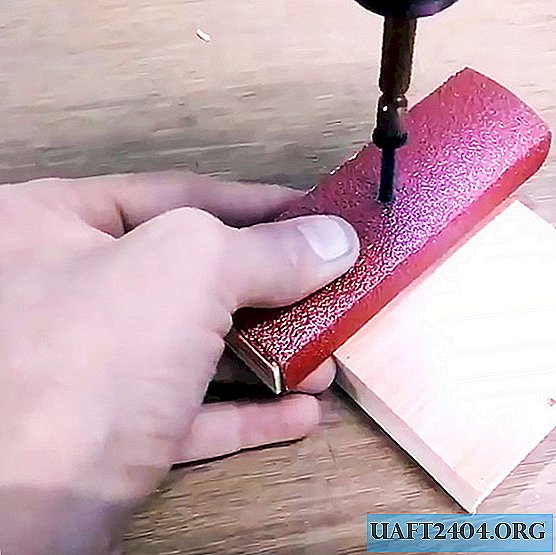Share
Pin
Tweet
Send
Share
Send
The entire installation process can be conditionally divided into a number of points:
1) When connecting an infrared warm floor under a tile, it is worth preparing the work surface. It should be dry, clean, without pronounced grooves and bumps. You can pre-install a special socket (deeper and wider, otherwise the connecting wires will not fit) under the thermostat at a certain height of 0.3-1.20 m. Ditch the canvas in the wall and on the floor, where the corrugation is mounted under the floor sensor from the thermostat. The fact is that during voltage drops, the temperature regulator takes all the load on itself, thereby protecting the warm floors from combustion. In some cases, the sensor that controls the temperature of the electric floor heating may fail. It is interchangeable. That is why it is mounted in a corrugation or a metal-plastic pipe with a diameter of about 16 mm, so that it can easily be removed and changed in case of failure.




2) The heating film heats from two sides, therefore, to minimize energy heat loss, a high-quality reflective substrate is required that can withstand a heating temperature of at least 50 C and coated with a special protective layer that does not conduct current. You can use several substrates, it will not be worse. It is advisable to fasten them together with reflective tape, for lack of such, it is worth using clerical. A small hole is cut out in the substrate for the floor sensor, so that it more accurately responds to changes in temperature conditions.




3) The heating strips are mounted in random order, it is only forbidden to overlap them, under dull furniture and near heating appliances. For connection, special sets of clamps with insulating elements are used. It is important to plug the opposite ends with the insulator. The cable cross section depends on the quadrature of the warm floor. As a rule, for home use, a section of 1.5 is enough, it can withstand 3.5 kW or 12-15 sq.m. heating film. Cable length depends on the number of strips of the underfloor heating and their location.


4) After that, according to the thermostat connection diagram (supplied), the film floor is connected to the power source. He should work at least 10-15 minutes. Only then can we move on to the next step.
5) Since the floors are mounted under the tiles, they are necessarily "isolated" from the effects of tile glue with an ordinary greenhouse film 90-100 microns thick.

6) A rigid serpentine mesh is used for adhesion to the tiles (the use of a metal mesh is strictly prohibited). It should completely cover not only all film floors, but also extend beyond them by at least 20-30 cm, and overlap about 10 cm at the joints. The larger the mesh, the better the fixation with the base of the floor, the mesh also prevents the formation of consequence of cracks.

7) In order to keep the entire structure and not move out of the right place, dowels 5-6 cm long are used. Wherever white stripes pass on the heating film, it is possible to drill. Each counts the number of dowels independently (it is advisable to use about 10-12 pieces at least 1 sq.m.).

8) At the final stage, the system is tested. Only then can you start laying ceramic tiles.

The whole installation process, depending on the quadrature of the floor, takes an average of 3-7 hours or more. Do not forget to make a schematic drawing of the location of the strips of the warm floor with an indication of their length, width, maximum power and the location of the floor sensor.
Share
Pin
Tweet
Send
Share
Send











